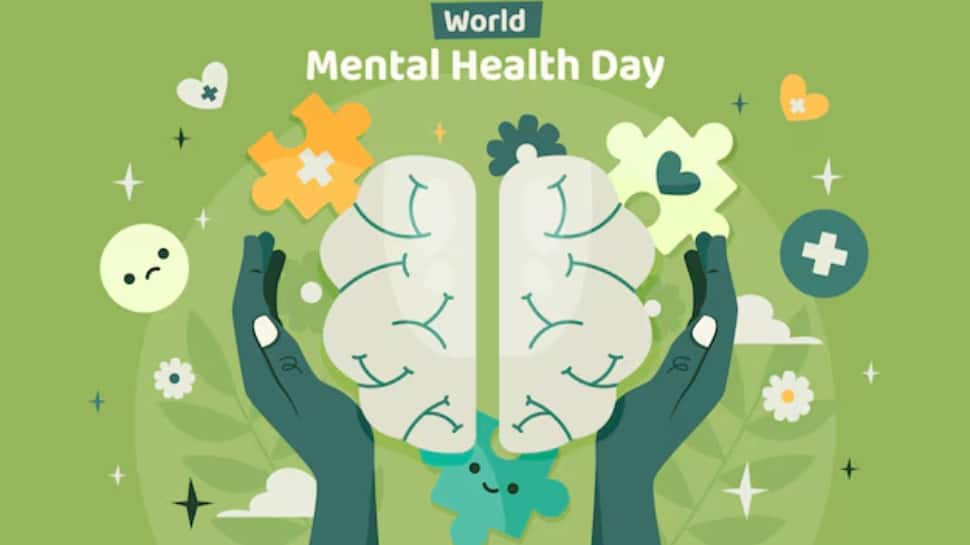In a fast-paced digital world where mental stress has become a daily companion, focusing on mental health is more crucial than ever. As we step into 2025, the global conversation around well-being is shifting toward holistic healing — and physical activity stands out as one of the most effective, natural tools to enhance mental health. Exercise is not just about fitness or body transformation; it’s about building emotional resilience, boosting mood, and creating a balanced mind-body connection.
The Science Behind Exercise and Mental Health
When you engage in physical activity, your body releases endorphins, often known as “feel-good hormones.” These natural mood boosters help reduce stress, anxiety, and even symptoms of depression. Exercise also increases serotonin and dopamine levels, which improve mood regulation and cognitive function.
Beyond chemistry, movement helps you break free from negative thought cycles, enhances sleep, and promotes self-confidence — all of which contribute to better mental health.
How Physical Activity Supports Mental Well-Being
Reduces Stress:
Physical activities like walking, swimming, or dancing lower cortisol levels, the body’s main stress hormone. This helps you feel more relaxed and grounded.
Improves Mood:
Even a short 20-minute workout can elevate mood and create a sense of accomplishment, improving your outlook on life.
Combats Anxiety and Depression:
Regular movement has been proven to reduce symptoms of anxiety and depression by promoting mindfulness and helping manage emotional responses.
Boosts Self-Esteem and Confidence:
Physical activity builds not just muscles, but also confidence. Reaching small fitness goals strengthens your belief in yourself.
Enhances Brain Health:
Exercise increases blood flow to the brain, improving memory, focus, and creativity — vital for emotional and cognitive stability.
Types of Physical Activities That Improve Mental Health
Walking or Jogging:
A simple 30-minute walk in nature can lift your mood instantly. It encourages mindfulness and gives your brain a break from overstimulation.
Yoga and Stretching:
Combining movement and breath, yoga improves both flexibility and emotional balance, helping release built-up tension.
Strength Training:
Lifting weights or doing resistance exercises helps reduce symptoms of anxiety and boosts confidence through visible progress.
Dancing:
Dancing not only improves physical fitness but also uplifts the spirit, allowing self-expression and joy.
Team Sports or Group Workouts:
Social interaction during sports helps reduce feelings of loneliness, promoting community and connection.
Meditative Movements (Tai Chi, Pilates):
These exercises focus on mindful breathing and controlled movements, calming the nervous system.
Creating a Mind-Body Routine
To make physical activity a consistent part of your life, start small and build gradually:
Morning Movement: Begin your day with light stretching or a walk.
Set Realistic Goals: Choose an activity you enjoy — not one that feels like a chore.
Stay Consistent: Even 20 minutes daily can make a difference.
Combine Movement with Mindfulness: Focus on how your body feels, not just on the result.
Track Your Progress: Celebrate every improvement — physical or emotional.
Remember, you don’t need a gym membership to stay active — daily movement in any form counts.
The Emotional Benefits of Staying Active
Physical activity isn’t only about burning calories — it’s about releasing emotional blockages. Moving your body helps express emotions you might struggle to verbalize. It teaches patience, resilience, and discipline, creating a stronger mental foundation to face life’s challenges.
Mental Health in 2025: A Holistic Approach
In 2025, mental health is being redefined to include the body-mind connection. Experts emphasize that regular exercise, balanced nutrition, sleep, and emotional awareness together create lasting well-being. Physical activity is one of the simplest, most accessible, and most effective tools for achieving this balance.
Your mental health is deeply connected to your physical actions. Movement — in any form — can heal, strengthen, and energise both body and mind. So this year, make a promise to yourself: move more, stress less, and let your body become your greatest ally in the journey toward better mental health.
(This article is meant for informational purposes only and must not be considered a substitute for advice provided by qualified medical professionals.)

